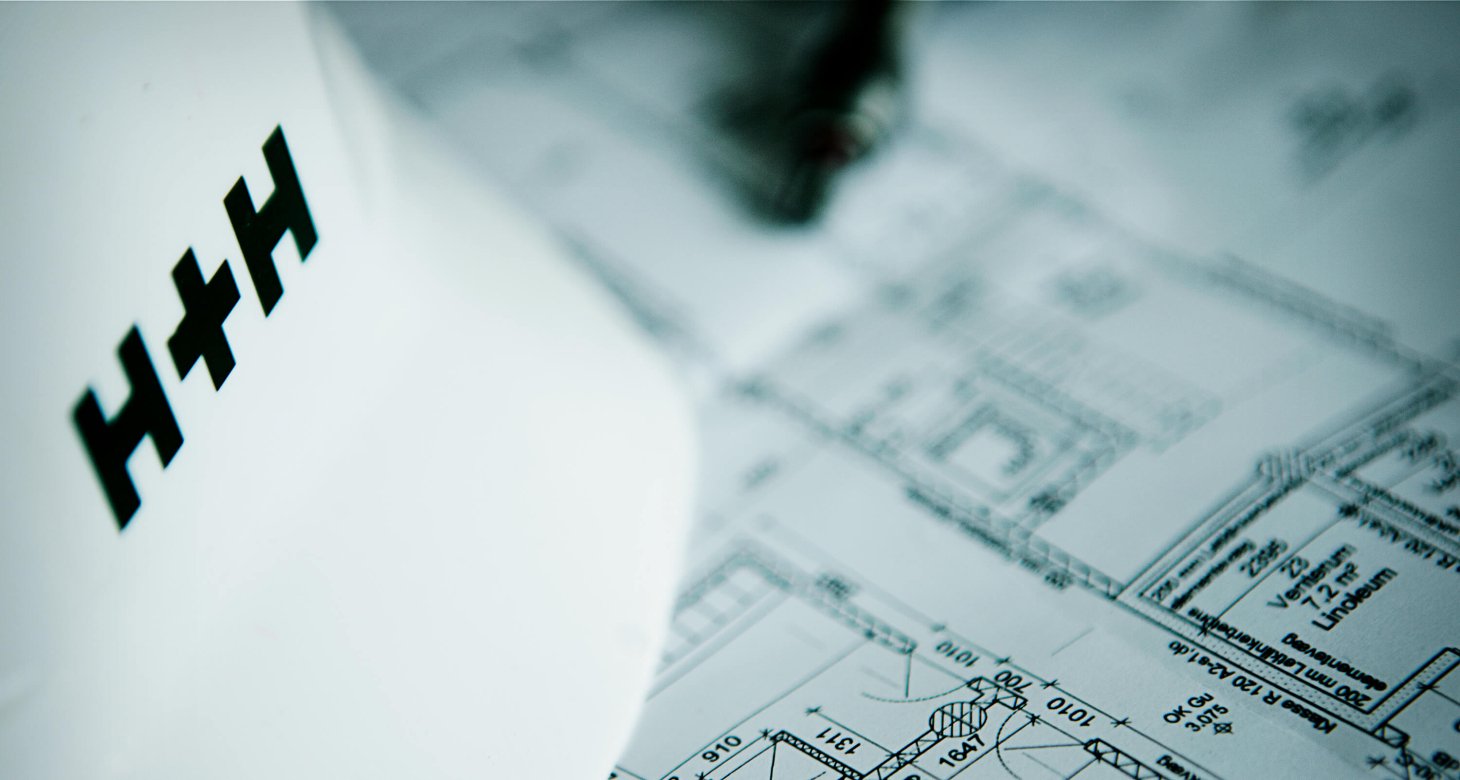
The government has been clear it wants housebuilders to deliver far more units per year, which means there is likely to continue to be strong demand for aircrete, a product ideal for meeting the performance requirements for modern construction.
Delivering the much-needed volume is the challenge, and as an industry, we must innovate to meet demand. The arguments over delivery, between “offsite” and “traditional” are unhelpful, as they ignore the plethora of innovation and new ideas that fall somewhere between these two extremes.
As a manufacturer of aircrete it’s obvious that we are keen supporters of masonry construction. The clear performance benefits of masonry (thermal insulation, fire resistance, flexibility in use, familiarity and, above all, longevity) makes it stand out against alternative build materials. Often considered a traditional material, there’s no reason why masonry-based solutions cannot have a role to play in a modern, forward-thinking approach to volume housebuilding provided we take a creative approach to implementation.
Aircrete is an extremely versatile material however it is often overlooked for foundations as it is incorrectly assumed that it is not fully load-bearing. This often leads to over-design as dense aggregate concrete blocks are specified for foundations, despite being more expensive overall.
Recently, Calfordseaden, an independent construction and property consultancy firm, conducted a Foundation Cost Comparison Study, which identified that constructing foundations using aircrete blocks is more cost effective than dense aggregate alternatives. The study, which used a typical three-bedroom semi-detached UK home, showed that changing the foundations to aircrete alone could reduce total build costs by almost 25%. This is achieved through aircrete’s naturally quicker build speed which leads to reduced labour costs and the solid construction means that fewer materials are needed.
Innovation is a fundamental principle at H+H and while we manufacture a product that has essentially not changed in more than 60 years, the way we use aircrete has. In a unique collaboration with SIG, we have worked to produce the SIG I-House System, incorporating storey-high panels of aircrete that are manufactured offsite and delivered ready to be craned into place onto a bed of thin-joint mortar - a breakthrough for the UK market. This innovative build system provides a way to build the entire weatherproof structure of a new home on site, from foundations to roof, in just one week.
The full system comprises the inner leaves of external cavity walls, floors, lintels, cavity closers, insulation and roof trusses, with the inclusion of soffit and fascia, creating the internal skin of a property, fully wrapped and ready for follow on trades, all in five days.
The aircrete panels are used on the inner leaf of the cavity walls and for internal partition walls including separating walls. Where required, standard thin-join aircrete blocks are used in combination with the aircrete panels, allowing the system to accommodate non-standard details such as bay windows. The system can be quickly assembled on site using a team of three with a crane operator and is fixed onto standard foundations using fast-setting thin-layer mortar.
Designed to match the height of a standard house, the aircrete panels have a width of 600mm and a thickness of 100mm but can easily be manipulated and cut on site if required. An off-site manufactured roof completes the system, allowing for cost effective construction.
This revolutionary housebuilding system is one of a number of build types currently being trialled by Barratt Homes which is keen to experiment with new methods of construction that offer improved speed of build. In a partnership with David Wilson Homes, their Norton Farm site in Bromsgrove contains 316 residential units in a mixture of one, two and three bed homes in terraced, semi-detached and detached form.
The I-House System has so far proved successful and Norton Farm is expected to be completed by 2020, a year ahead of schedule, thanks in part to the innovative methods of construction which helps to speed up the pace of delivery and keep costs low.
The award-winning system is proving popular through combining the efficiency of offsite construction with the familiarity of traditional build. Steve Cartwright, Barratt Homes construction director in the West Midlands felt the system would meet the key objectives of the site, which revolved around speed of build and certain labour availability.
Mr Cartright added: “It’s simply one of the best offsite systems we’ve seen. It’s basically blockwork erected in a different way which gives us the flexibility on site. If you require any design alterations while on site, you can treat it like a traditional build – if you need an additional window suddenly, you can do it, whereas with timber frame you can’t alter this due to structural calculations changing”.
As developers come under increasing pressure to deliver more units at a faster pace to meet government housebuilding targets, from foundations to the roof, more creative approaches such as an increased use of aircrete and methods incorporating elements of off-site construction will become increasingly important to the industry. It is this forward-thinking approach which will secure the future of the UK construction industry in an increasingly uncertain political climate.